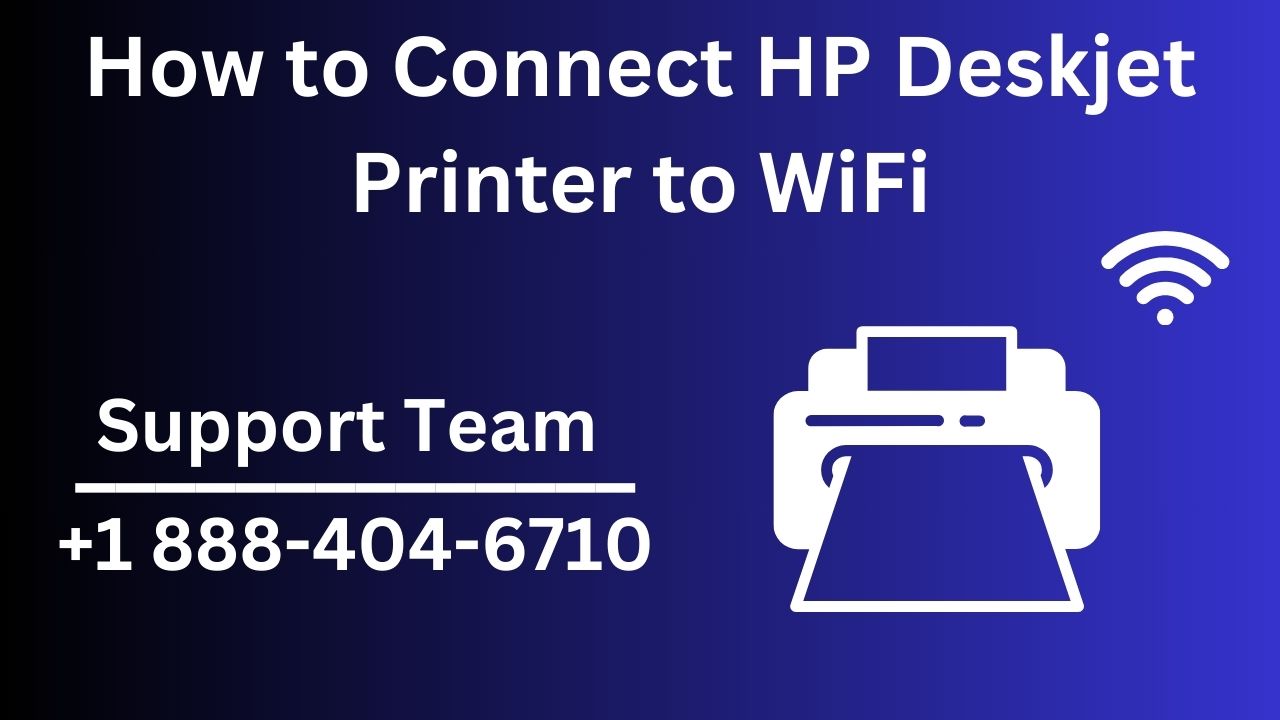Organisations are continually looking for methods to improve operational efficiency and optimise their procedures in today’s changing business market. Fixed asset management is an important factor that is sometimes disregarded. Traditional asset monitoring and management approaches, such as manually recording assets or using simple spreadsheets, can be time-consuming and error-prone. Enter Fixed Assets Management Software, a technology solution designed to transform how firms manage their most precious assets.
Understanding Fixed Assets:
Fixed assets, such as buildings, machinery, vehicles, and technological infrastructure, are long-term assets required for corporate operations. Maintaining accurate financial records, ensuring compliance, and making informed strategic decisions all need effective asset management.
Challenges of Traditional Methods:
Manual tracking and management of fixed assets can result in a variety of issues, including human mistakes, discrepancies in data, and an inability to keep up with the changing nature of business. The complexity of managing assets grows with the organisation, needing a more sophisticated solution.
The Role of Fixed Assets Management Software:
Fixed Assets Management Software automates and centralises asset tracking, maintenance, and depreciation over their entire lives. Here are several significant advantages:
Accuracy and Elimination of Errors:
Automation decreases the danger of human mistake involved with manual tracking. Accurate data supports the dependability of financial records and reports, assisting in compliance and decision-making processes.
Efficient Tracking and Reporting:
The fixed assets management software enables real-time visibility into the status, location, and condition of assets. Our software allows organisations to create thorough information on asset use, maintenance history, and depreciation, aiding strategic planning and budgeting.
Compliance and Regulatory Requirements:
By keeping correct records of asset valuations, depreciation, and disposals, Fixed Assets Management Software assists organisations in adhering to accounting standards and legal obligations. This is especially critical for audits and financial reporting.
Cost Savings:
Efficient fixed asset management can result in cost savings. The software assists in optimising asset utilisation, scheduling preventive maintenance to extend asset life, and minimising wasteful purchases through better inventory management.
Streamlined Workflows:
Automation streamlines asset management procedures, from purchase and onboarding to maintenance and disposal. This improves cross-departmental collaboration and ensures that all stakeholders are on the same page.
Scalability:
As organisations grow, so does their software. The system can adapt to the changing demands of the organisation, whether it is handling a small number of assets or a large portfolio.
Businesses must use technology to be competitive and nimble in the digital age. Fixed Assets Management Software is a useful tool that not only reduces the difficulties of asset management but also helps to an organization’s overall efficiency and success. Businesses may unleash the full potential of their fixed assets by investing in such software, opening the path for long-term development and financial stability.





